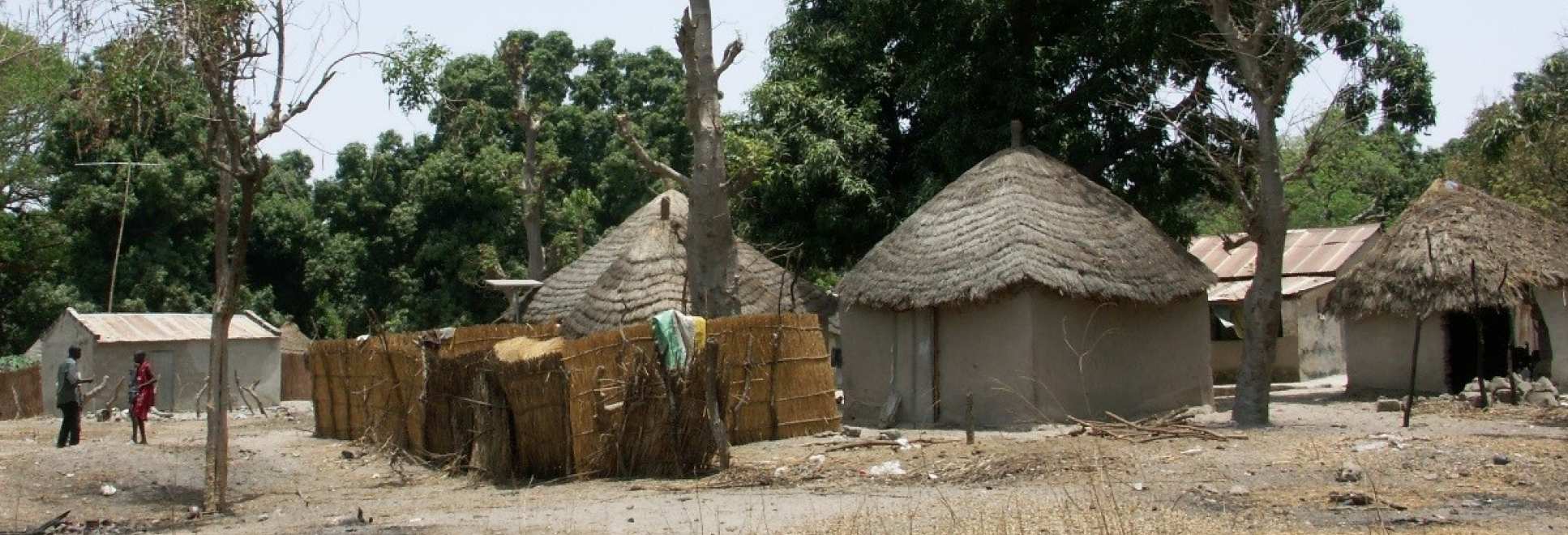
Project information
As an area approaches local elimination it becomes increasingly difficult to measure malaria accurately. We are developing new epidemiological tools to allow countries to quantify their current level of transmission from routine surveillance data. These methods can be used to determine whether endemic transmission has been halted and show where and when control programs should target their resources to achieve elimination. Part of this work involves developing more rigorous analytical methods to determine whether a case of malaria was acquired locally or imported from abroad.
At a global level, we are developing a framework that combines mathematical modelling and economic analyses to gain insight into the optimal global, regional and country strategies to achieve the ultimate aim of malaria eradication. Our work focuses on three questions:
- What is the optimal strategy to achieve malaria eradication? Should resources initially focus on high burden countries, elimination countries or a balance between these? How does this change as burden and transmission decline? How do competing aims in the short-term hamper achieving longer-term eradication aims?
- What is the trade-off between country priorities and regional and global strategies? How do competing national priorities determine regional and global success? What degree of international cooperation is needed and at what scale? What are the economic benefits and costs of co-operation to countries?
- How are strategies influenced by the wider political economy? How do competing priorities influencing national decision makers impact wider eradication efforts? How does weak governance and political constraints impact wider eradication efforts?
Recent publications
Routledge I, Chevez JER, Cucunuba ZM, Rodrigues MG, Guinov art C, Gustafson KB, Schneider K, Walker PGT, Ghani AC, Bhatt S., 2018, NATURE COMMUNICATIONS Estimating spatiotemporally varying malaria reproduction numbers in a near elimination setting 9*1): 2476
Routledge I, Lai S, Battle KE, Ghani AC, Gomez-Rodriguez M, Gustafson KB, Mishra S, Unwin J, Proctor JL, Tatem AJ, Li Z, Bhatt S; 2020, PLOS COMPUTATIONAL BIOLOGY Tracking progress towards malaria elimination in China: Individual-level estimates of transmission and its spatiotemporal variation using a diffusion network approach. 16(3):e1007707
Unwin HJT, Routledge I, Flaxman S, Rizoiu MA, Lai S, Cohen J, Weiss DJ, Mishra S, Bhatt S, 2021, Using Hawkes Processes to model imported and local malaria cases in near-elimination settings, PLOS COMPUTATIONAL BIOLOGY 17(4):E1008830.